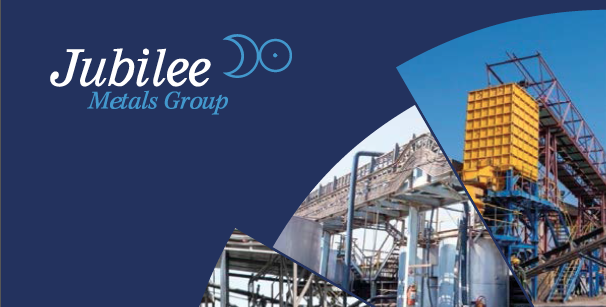Jubilee Metals has released its results for the six months ended December 2021. This was an important period to the group, as the benefits of the commodity cycle were realised and the integrated Inyoni chrome and PGM facility was completed.
With Inyoni completed, Jubilee is one of the world’s largest chrome processors in operation. The increase in PGM production capacity doesn’t hurt either.
Inyoni got the lion’s share of capital expenditure in this period: R442 million out of R750 million. The remainder of was invested in Jubilee’s copper projects in Zambia. The impact of this capital allocation strategy is that chrome revenue contributed 48% of the group total in this period vs. 22% in the comparable period.
Group revenue increased 18% to GBP63 million and cash increased to GBP21.5 million, a 7.5% increase since June 2021. Jubilee’s liquidity is strong, with short-term assets covering 199% of short-term liabilities. Equity increased by 34% in the past six months.
The short-form version of the SENS doesn’t make any mention of profitability. A dig through the full result reveals that attributable earnings fell sharply from GBP30.9 million to GBP19.5 million. The decrease was experienced in the PGM operations, with a significant drop in sales volumes and a small drop in revenue per ounce. The decommissioning and re-commissioning of the Inyoni Facility skewed the PGM result as production was impacted.
Diluted headline earnings per share (HEPS) fell from 0.89 pence to 0.31 pence. Based on the group’s strategy, this was a short-term pain for a long-term gain.
Since the end of the period, Jubilee settled its long-term debt balance. The balance sheet now has no long-term debt and is ready to be leveraged with debt funding on significant better terms. This will be used in delivering the Northern Zambian copper strategy, which should more than double copper production and introduce cobalt production.
2022 will be a critical year for Jubilee.




